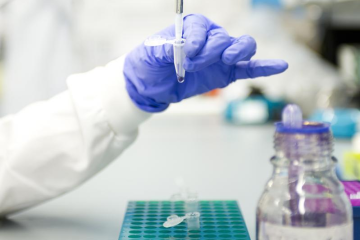Project grant
A tissue engineering approach to reduce animal use in renal development and renal organ replacement technology

At a glance
Completed
Award date
March 2008 - September 2011
Grant amount
£364,036
Principal investigator
Professor Jamie Davies
Institute
University of Edinburgh
R
- Replacement
Read the abstract
View the grant profile on GtR
